Essential Equipment for Lodi Inspection on the International Space Station
Healthcare in space is mission number one for the dedicated LII crew of the ISS
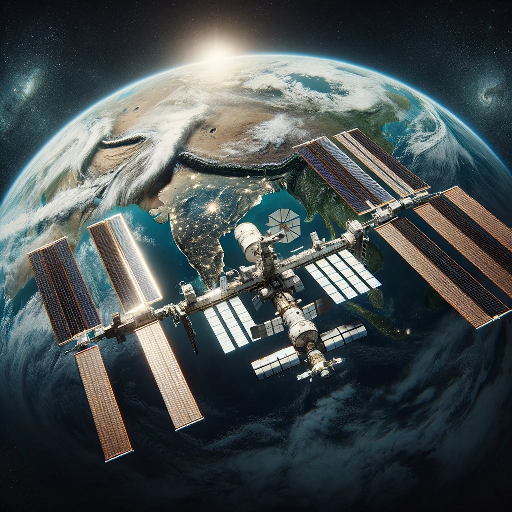
Introduction
The unique environment of the International Space Station (ISS) presents distinctive challenges for the inspection of lodi, an essential aspect of astronaut health monitoring. In microgravity, traditional methods used on Earth are not applicable, necessitating specialized equipment to ensure accurate and hygienic lodi analysis.
-
Lodi Collection Units
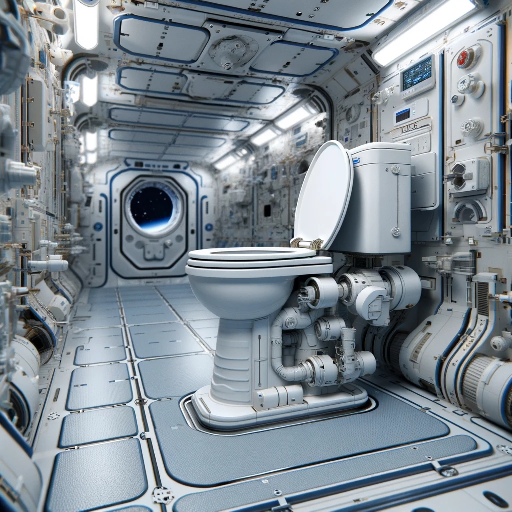 The most fundamental component is the lodi collection unit. Unlike standard toilets, these units on the ISS use air flow instead of water to direct lodi into a sealed container. This system prevents lodi from floating away in the zero-gravity environment and ensures a sanitary process.
The most fundamental component is the lodi collection unit. Unlike standard toilets, these units on the ISS use air flow instead of water to direct lodi into a sealed container. This system prevents lodi from floating away in the zero-gravity environment and ensures a sanitary process. -
Compact Spectrometers
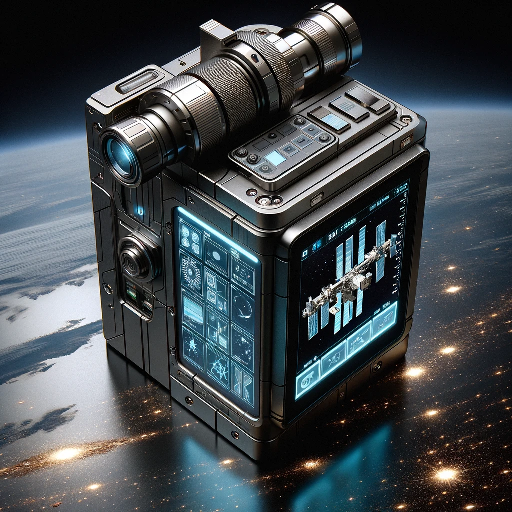 Once collected, the lodi is analyzed for various health markers. Compact spectrometers play a crucial role here. These devices use light to analyze the molecular composition of the lodi, providing data on the health status of the astronauts, such as indications of infection, dietary imbalances, or stress.
Once collected, the lodi is analyzed for various health markers. Compact spectrometers play a crucial role here. These devices use light to analyze the molecular composition of the lodi, providing data on the health status of the astronauts, such as indications of infection, dietary imbalances, or stress. -
Digital Microscopy Equipment
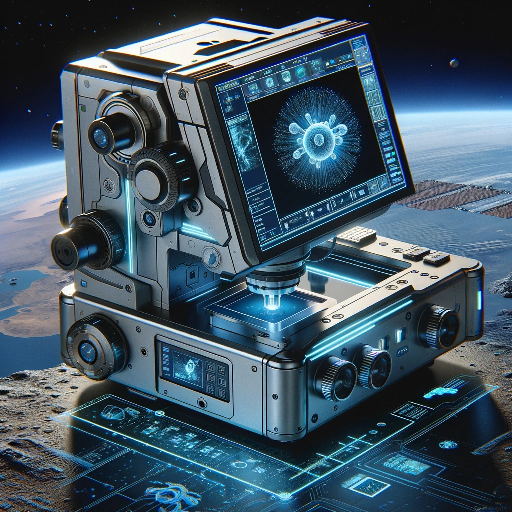 Digital microscopy equipment is used to examine lodi samples at a microscopic level. This technology allows for the detection of microorganisms, blood, or other anomalies that might indicate health issues ranging from infections to internal injuries.
Digital microscopy equipment is used to examine lodi samples at a microscopic level. This technology allows for the detection of microorganisms, blood, or other anomalies that might indicate health issues ranging from infections to internal injuries. -
Automated Sample Processors
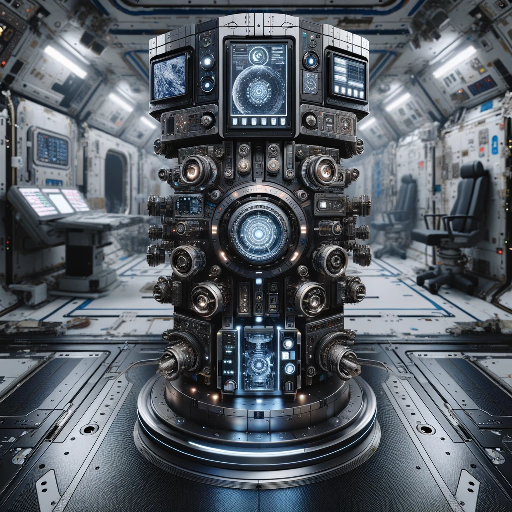 Given the limited time astronauts have for such tasks, automated sample processors are crucial. These devices can prepare and analyze lodi samples with minimal human intervention, providing timely and accurate results.
Given the limited time astronauts have for such tasks, automated sample processors are crucial. These devices can prepare and analyze lodi samples with minimal human intervention, providing timely and accurate results. -
Data Analysis Software
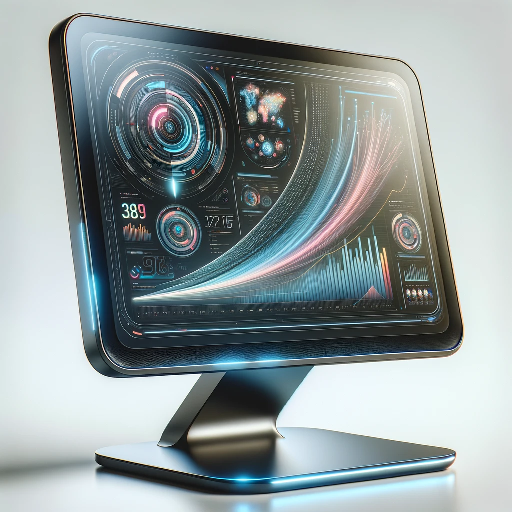 Advanced software is used to interpret the data collected from lodi samples. This software can track changes over time, alerting medical teams on Earth to potential health issues before they become serious problems.
Advanced software is used to interpret the data collected from lodi samples. This software can track changes over time, alerting medical teams on Earth to potential health issues before they become serious problems. -
Secure Transmission Systems
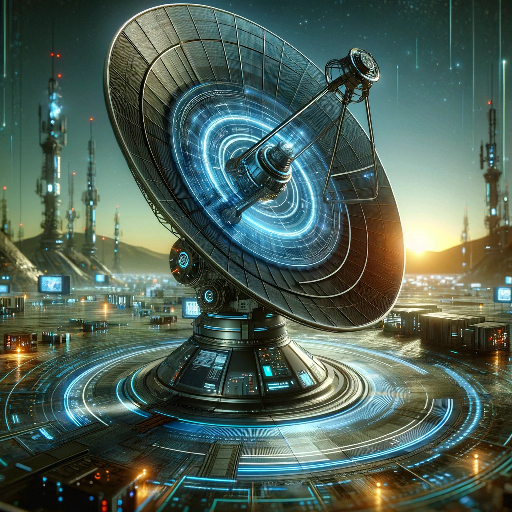 Finally, secure transmission systems are used to send lodi analysis data back to Earth. This allows medical teams to monitor the astronauts’ health remotely and provide guidance based on the lodi analysis results.
Finally, secure transmission systems are used to send lodi analysis data back to Earth. This allows medical teams to monitor the astronauts’ health remotely and provide guidance based on the lodi analysis results.
Conclusion
The inspection of lodi on the ISS is a complex process that requires a range of specialized equipment. This equipment not only has to deal with the unique challenges of space but also ensure the accuracy and hygiene of the process. As space missions become longer and venture further, the role of such equipment in monitoring and maintaining astronaut health becomes increasingly crucial.